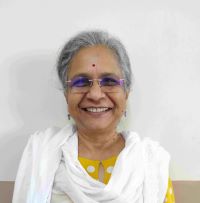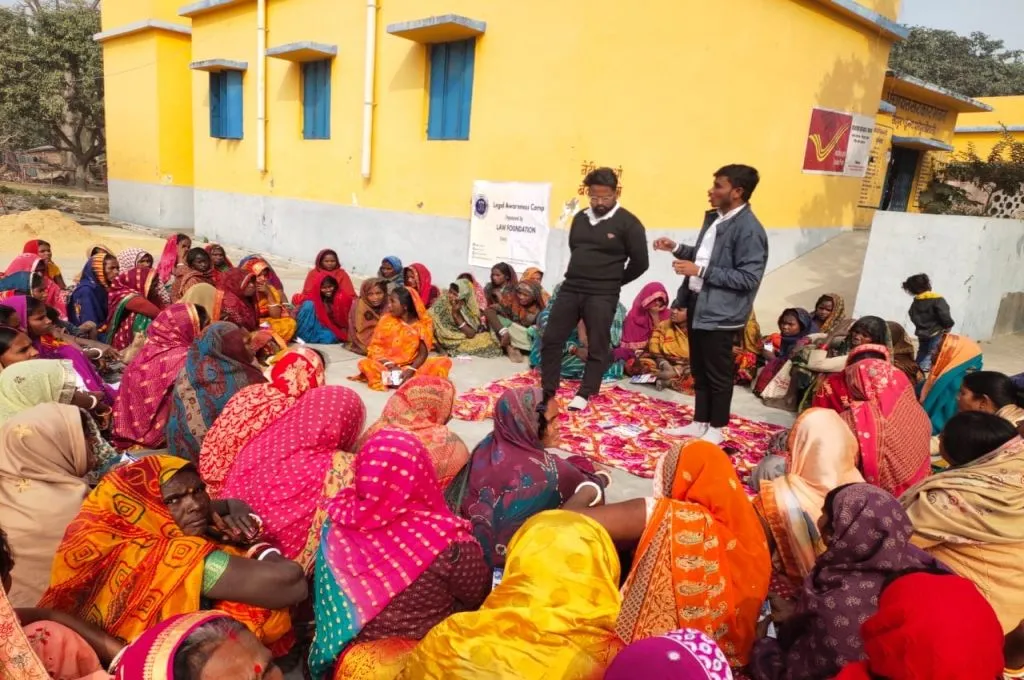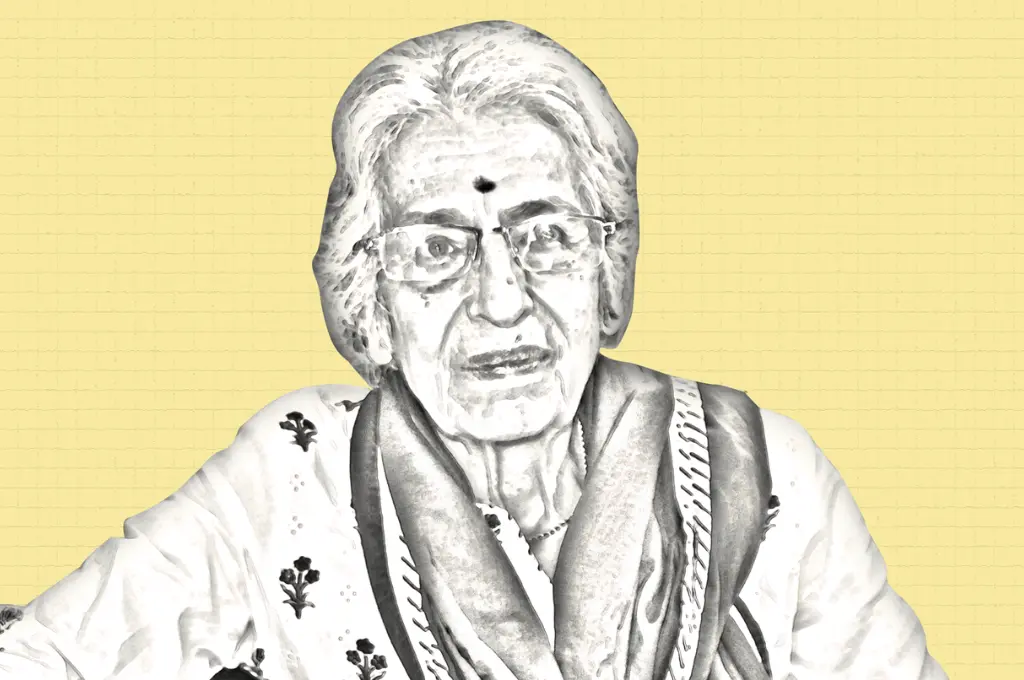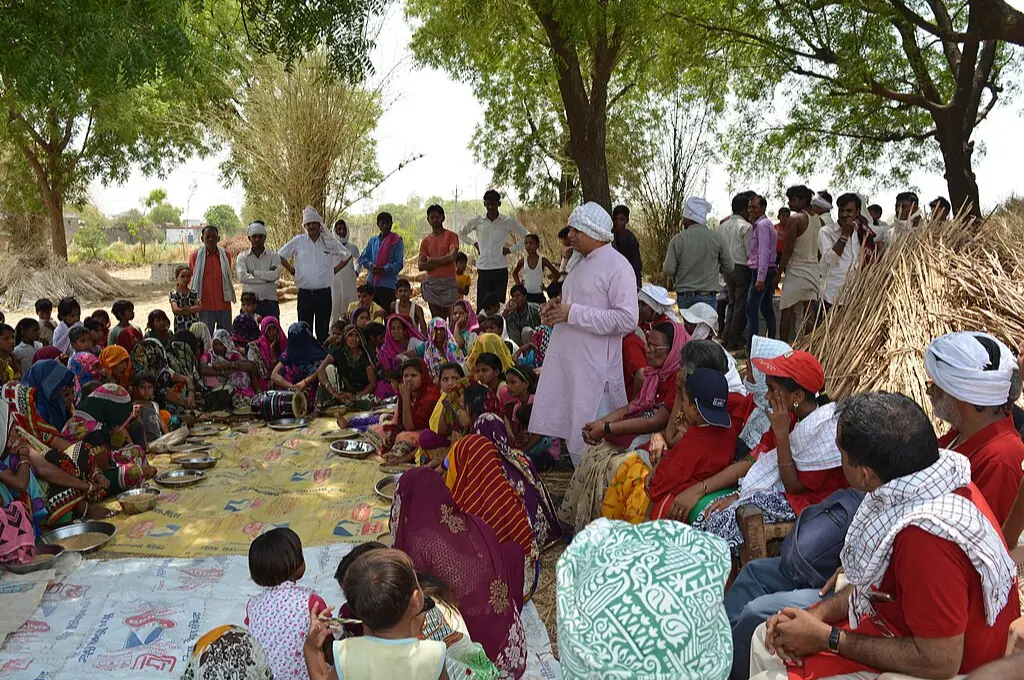The sex trade has historically been localised in neighbourhoods that have come to be known as red-light areas (RLAs). The term ‘red-light area’ reportedly has its origins in a practice made popular by American railroad workers, who would leave their red lanterns outside the doors of sex workers, to signal their location should a railway emergency arise. Over time, the term would signify any neighbourhood that had brothels providing commercial sex.
Localised conglomerations of the sex trade were convenient not only for customers, but also proved useful to the police and health authorities. For the police, RLAs were the focus of raids, rescues, closure of brothels, and crackdown on sex traders (a move that was sometimes genuine, and otherwise tokenistic). For health authorities, hundreds of victims could be found in one place and kept ‘clean’ to protect society from sexually transmitted infections and diseases.
However, modernisation has led to changes in the nature and speed of activities in localised sex trade. Even as RLAs grew more populated, there were limits to their expansion, surrounded as they were by mainstream society. This led to a forced dispersal and delocalisation of the sex trade, which has in turn thrown up several challenges to rescue and rehabilitation efforts.

Changing patterns in commercial sexual exploitation
1. New sites
The RLA is no longer the locus of sex trade; it has splintered into dozens of unmarked sites of commercial sexual exploitation that include boarding and lodging houses, small hotels, and private residences. When trafficking networks are traceable, it becomes easier for anti-trafficking agencies to intervene, report about commercial sexual exploitation, rehabilitate rescued women and children, and bring perpetrators to book.
Yet, despite the decentralisation of the trade, new sites of commercial sexual exploitation continue to be unearthed, thanks largely to civil society organisations (CSOs) that conduct on-ground surveys where victims are likely to be found. They then share this information with law enforcement agencies. For example, we received a child at our shelter facility in Raigad district who was rescued by the police while on the way to being sold by a pimp to a customer. The transaction was to take place at a boarding and lodging house in urban Raigad. The police were tipped off by a local CSO.
Scenes like this play out often: One or two rooms in a private establishment become sites of exploitation—the makeshift brothel—while the rest of the lodge continues to serve the general public. (Recently, four rescued minors submitted draft guidelines to the Supreme Court demanding that owners of properties deployed as brothels pay damages to the women and children found there.)
2. New routes
Over the last fifteen years, the supply areas, routes, and destinations of trafficked persons have changed. When Prerana started work in the Kamathipura RLA in 1986, more than 20 percent of women in the brothels of Mumbai were trafficked from Nepal. Domestic trafficking exposed a rural-to-urban movement, with women and children from West Bengal, Madhya Pradesh, Uttar Pradesh, Rajasthan, Andhra Pradesh, Tamil Nadu, Karnataka, and the border districts of Karnataka and Maharashtra brought to cities such as Mumbai, Kolkata, and Delhi.
Our current data show that both the source and the destination are now urban areas, and the physical distance between them is closing. In Maharashtra, for example, we have a number of cases of girls from marginalised communities transported from source districts such as Thane and Mumbai to destinations like Raigad, the district next door.

There has been a sudden proliferation of small hotels and lodging–boarding establishments in urban Raigad, to which customers and victims are brought. It is increasingly expensive to run the sex trade in Mumbai, but Raigad costs half as much. Given its proximity to Mumbai, customers from the metropolis can be ferried there in a few hours and assured anonymity. There has also been an increase in the migration of single male migrants to Raigad district and they too have driven up demand for commercial sex.
We also notice a growing incidence of girls born and raised in the same city (Mumbai, Navi Mumbai, Thane) where they are exploited.

3. New dynamics
Earlier, women and their children lived in the brothel, and customers were entertained right there. In sex tourism, customers travelled to places where victims were made available. Now we see both the customer and the minor girl or young woman transported to a new site, and afterwards her handler sends her back to her family.
We witnessed this recently in eight cases, where the girls were asked to report to a particular spot from where they were transported to the customer. They were sent back late evening, with their families told that they worked at an event management company to justify their late hours.
Perpetrators are increasingly fishing in families, particularly where dysfunctionality and duress are evident; for example, one or both parents have deserted the children, leaving them in the care of elderly grandparents. One of the grandparents may be alcohol-dependent, or one or both are very ill but have to support their wards. This is the narrative we frequently encounter.
In the last couple of years, almost all the rescued girls we worked with were school dropouts, having left school after standard 8 or 9. More recently, some of them told us that they discontinued schooling during the COVID-19 pandemic.
Caste and distress mobility
Various stressors increase the vulnerability of women and children to sex trafficking. These include chronic poverty, loss of livelihood, and cultural practices like intergenerational trafficking prevalent in communities such as the Bedia–Banchhada and the Devadasi.
- Caste plays a major role in the induction of girls into the sex trade. It’s usually girls from the scheduled castes who are more vulnerable to trafficking compared to the middle or upper castes who are exposed to similar socio-economic pressures. We’ve had families of rescued girls who claimed to belong to a scheduled caste, but 90 percent of them didn’t have a caste certificate. This document makes it possible to prosecute perpetrators under The Scheduled Castes and Scheduled Tribes (Prevention of Atrocities) Act, 1989, which stipulates severe punishment and grants the women financial compensation.
- Distress mobility born of famine and drought has always been a prime hunting ground. But as the intensity and frequency of climate-change-related disasters increases, this risk is likely to escalate. One of the cases we handled involved a family affected by the tsunami of 2004. Tricked by traffickers who promised to help them avail of government relief programmes, the entire family was lured to Ahmednagar, where their two adolescent girls were sold into the sex trade. The Latur earthquake of 1993 also trapped women in trafficking networks.
Social media: Ground for grooming
In many cases, adolescent girls are brought into contact with perpetrators via WhatsApp and Instagram. These platforms are used in the initial stages to woo, groom, and make introductions. We have noticed a rise in the number of school-going girls among such victims. Formal education per se does not grant immunity against sex trafficking.
Perpetrators also approach girls with job offers through WhatsApp. “Contact us within four hours for a job that pays quick money,” the ads say. Many of these jobs are at escort agencies, spas, beauty parlours, call centres, and event management companies—grooming grounds where women are gradually eased into the sex trade. Eventually the women are told they can make money on the side if they escort a client to a party or accompany him on a tour of Mumbai.
However, while perpetrators may use certain occupational sites to target women, it cannot be emphasised enough that these are legitimate places of work and a source of income for women. They should not be stigmatised. At the same time, we want women and young girls to take extra care when approached with job prospects at these worksites.
Preventive mechanisms are crucial to curbing sex trafficking.
To help women become aware of early signs of exploitation and new tactics that traffickers are adopting, Prerana has published a knowledge resource manual called Jagaran. This manual is intended for community frontline workers and development practitioners who work with adolescents and young women in vulnerable populations. A preventive tool (with lesson plans and contextual information), Jagaran can be used to build awareness, help young women protect themselves from vulnerabilities, and guide them towards support systems.
Preventive mechanisms are crucial to curbing sex trafficking, particularly now that rescue and rehabilitation has become even more challenging. Decentralisation of the sex trade has made tracking difficult because it invisibilises the victim. Conventional indicators of trafficking such as malnourishment and signs of physical abuse no longer apply to the current reality.
Invisibility also isolates women, denying them access to traditional support systems such as CSOs, the public healthcare system, the National AIDS Control Organisation (NACO), law enforcement agencies, and legal aid services. It also impacts data collection, which was a challenge as it is. NACO estimated the population of female sex workers in 2004 to be between 8 and 12 lakh. Given the growing diffusion of the trade, the numbers will become even more unreliable now.
Building a resilient rehabilitation programme
Prevention and rehabilitation programmes should be strengthened simultaneously. We haven’t invested enough in imagining a holistic rehabilitation system; what we have instead is a morality-centred, incarceration-based system, with conditional laws and policies. For example, the Immoral Traffic (Prevention) Act, 1956, stipulates that rehabilitation is possible only after the victim is rescued by the state machinery. But what if a victim wants rehabilitation without coming into contact with law enforcement agencies and the judiciary? They are denied compensation or support from the state and the only support they receive is from CSOs.
We also need a mindset shift in society where we turn away from our messianic attitude and cultivate a compassionate approach. Without it, rehabilitation will continue to be a challenge, and this will only make perpetrators stronger. It will lead to re-trafficking, and the victims will eventually lose faith in the rehabilitation system.
Some years ago, Prerana trained several minors rescued from dance bars to work as petrol pump attendants in Mumbai. Word leaked about their former circumstances, and customers started name-calling and propositioning them, making it impossible for the women to forget their life in the sex trade.
Following this incident, we developed an orientation protocol for rescued victims, counselling them on their rights, particularly the right to privacy and confidentiality. The protocol advised them on when disclosure was necessary and with whom to share sensitive information. If they felt that their safety was compromised, they had the right to reach out to relevant support systems. We share this safety protocol with every adolescent girl at our shelter homes.
This intervention has prompted girls to talk more openly about risky situations they encounter. We once worked with a girl employed in the service sector whose colleague harassed her for sex when he learned she was the daughter of a prostitute. But because she was aware of a statutory body like the Internal Complaints Committee, she immediately reached out to them with her problem. She also approached Prerana and the one-stop crisis centre. She knew the importance of contacting multiple people and wasn’t dependent on a single support system because of the protocol we had framed.
Why collectivise?
We have understood the value of partnering with multiple stakeholders in the space of anti-human trafficking, women’s rights, and child safety. Given our limited resources, it’s important for CSOs to collectivise and pool resources because it’s difficult, independently and individually, to protect victims after rescue. Two decades ago, Prerana filed a public interest litigation on standards of care in shelter facilities for rescued victims. Organisations like Committed Communities Development Trust (CCDT), Pratham, and Centre for Inquiry into Health and Allied Themes (CEHAT) lent their support to the campaign, and our collective effort resulted in public advocacy. Today, every state is required to have well-defined, rights-based standards of care and protection in all shelter facilities for women and children.
The need for CSOs to collaborate has grown more urgent than ever.
Collectivisation can take two forms: organisations can assemble to form a formal network, or they can come together when the situation demands it. A recent example of this situational collectivism was when the Supreme Court launched the Handbook on Combating Gender Stereotypes, a glossary of gender-just terms that would replace traditional terms in legal documents. A whore or a prostitute ought to now be called a sex worker.
Several CSOs working on anti-human trafficking immediately spoke up against this revision. We believe that by blanketly using the term ‘sex worker’, we fail to acknowledge that many of these women are victims of human trafficking and forget the modus operandi of violence that was used to sell them into the sex trade. Deciding to write to the chief justice about it, we drafted a letter within a week, signed it, and e-mailed it to his office.
The need for CSOs to collaborate has grown more urgent than ever. Mounting an allied front does more than add weight to advocacy and breadth to relief efforts. It can protect potential victims from entrapment by raising awareness of trafficking risks at the grassroots itself. This is one of the ways we can stop the human trafficking web from growing.
—
Know more
- Read this article about how, India does not fully meet the minimum standard to tackle trafficking.
- Read this article about the victim–saviour dichotomy in dominant narratives of human trafficking.
- Listen to this podcast called ‘Humans Not for Sale’ produced by Prerana, which creates broader awareness around human trafficking for commercial sexual exploitation.




